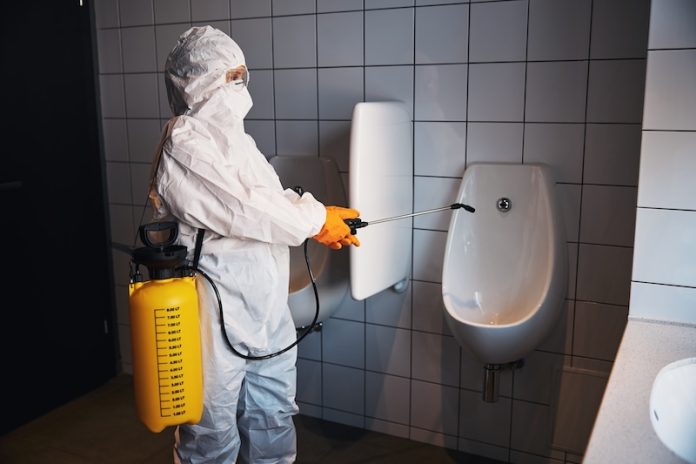
Innovative research published in the International Journal of Advanced Intelligence Paradigms proposes using Internet of Things (IoT) technology to enhance the hygiene of public lavatories, a critical aspect of public health, especially in remote and high-traffic areas.
Public toilets, especially in remote locations or busy transit areas like airports and train stations, are often not regularly cleaned or maintained.
This negligence can make these facilities breeding grounds for harmful microbes such as staphylococcus, E. coli, streptococcus, norovirus, and other viruses.
These pathogens can cause severe health problems, particularly for vulnerable groups like children, the elderly, and those with pre-existing health conditions.
IoT-Based Hygiene Monitoring System
To tackle this problem, a team of researchers, including R. Giridhararajan, Ikram Shah, S. Karthikeyan, Shriram K. Vasudevan, and S.N. Abhishek, have developed an IoT-based system.
This system utilizes various sensors to monitor lavatory conditions in real-time, enabling data collection and user feedback. The main advantages of this IoT approach include:
Automated Alerts for Cleaning: The system generates automatic alerts for necessary cleaning and maintenance, ensuring lavatories are hygienic and safe for use.
Balancing Cleaning Frequency and Necessity: The system helps prioritize cleaning efforts, focusing on toilets that are frequently used or particularly dirty, while reducing the urgency for less used, cleaner facilities.
Potential for Machine Learning Integration: By incorporating machine learning, the system can predict usage and soiling patterns, further optimizing cleaning schedules and resource allocation.
Implications for Public Health
The implementation of this IoT-based hygiene system in public toilets can significantly contribute to public health, particularly in areas where resources for regular cleaning are limited.
By ensuring that public toilets are clean and hygienic, the spread of diseases through contaminated surfaces can be minimized, protecting the health of the community, especially those at higher risk of infection.
In conclusion, this research presents a practical and efficient solution to a common public health challenge.
By leveraging IoT technology, it is possible to maintain better hygiene in public lavatories, reducing the risk of disease transmission and ensuring safer public spaces.
If you care about health, please read studies that vitamin D can help reduce inflammation, and vitamin K could lower your heart disease risk by a third.
For more information about health, please see recent studies about new way to halt excessive inflammation, and results showing foods that could cause inflammation.
The research findings can be found in the International Journal of Advanced Intelligence Paradigms.
Copyright © 2023 Knowridge Science Report. All rights reserved.



